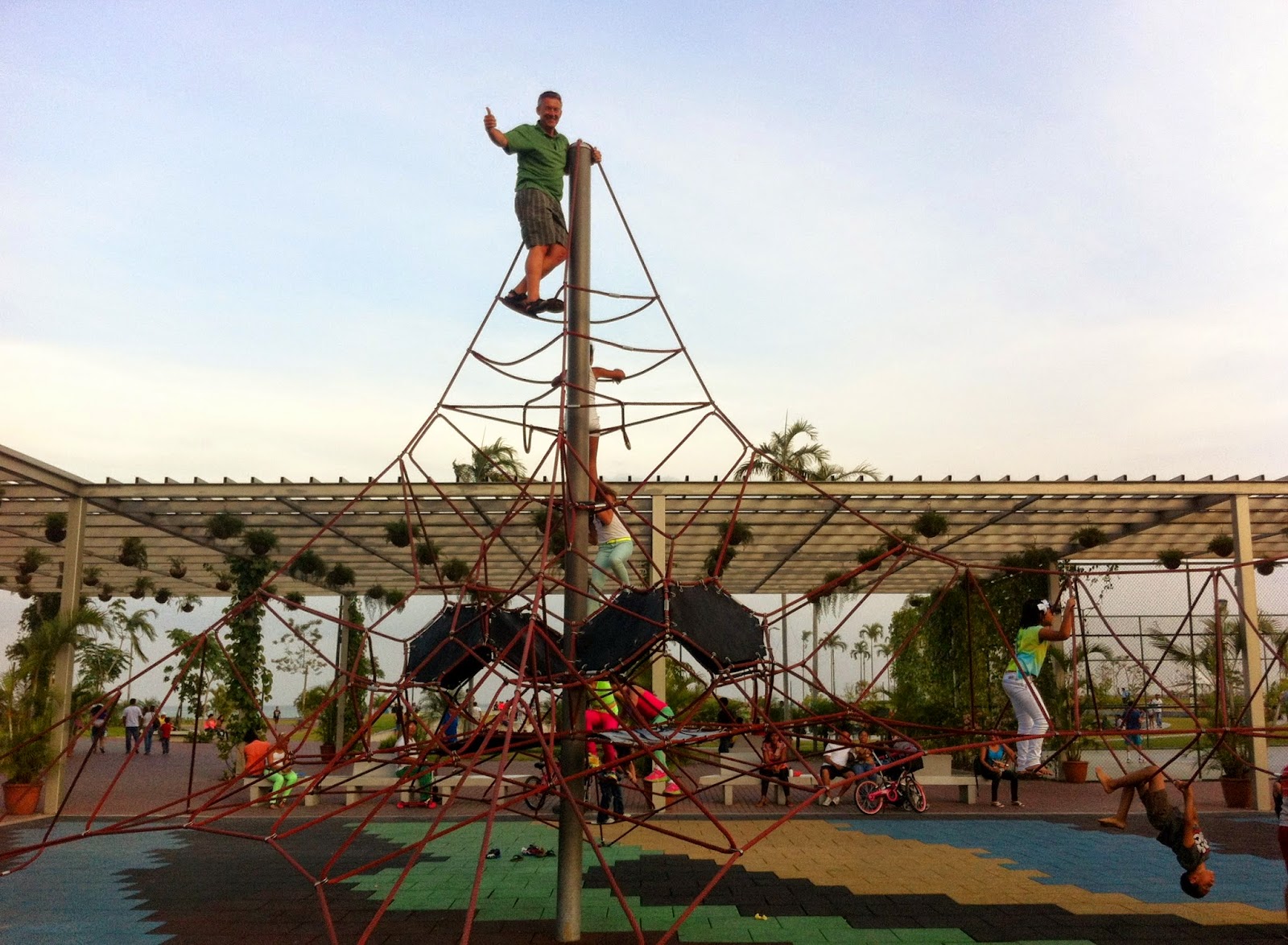DECODING
ISLAND POLITICS
During the 1988 US vice-presidential debate,
Democratic candidate Lloyd Bentsen mocked rival Dan Quayle’s qualifications,
saying: “Senator, I served
with Jack Kennedy. I knew Jack Kennedy. Jack Kennedy was a friend of mine. Senator,
you're no Jack Kennedy!” The Kennedy that
Bentsen referred to was, of course, the late John F. Kennedy who served as the
35th President of the United States, from January 1961 until his
assassination in November 1963.
I was reminded of these words this past week when
Premier Robert Ghiz announced, the day after the Throne Speech, that he would
resign as Premier as soon as a new leader could be chosen. Islanders had expected him to lead the
Liberal Party into the next election, either in the fall of 2015 or the spring
of 2016. He surprised us all.
I had the privilege of serving under Joe Ghiz, our
27th Premier, who held the position from 1986 to 1993. He was one of the smartest people I have ever
known. Unlike the junior Ghiz, he carried
with him a considerable baggage of real life experience before reluctantly getting
into politics. Legend has it that
Liberal hopefuls camped outside his home for days, begging him to run. He relented eventually, leaving behind a very
successful Charlottetown law practice.
The younger Ghiz graduated from Bishops University
with a Bachelors degree in Political Science.
According to his official biography on the Government of Prince Edward
Island website, prior to entering
provincial politics, he worked as a Special Assistant to Prime Minister Jean
Chrétien where he advised the Prime Minister on matters related to Atlantic
Canada. He’d also served as Special
Assistant to the Minister of Canadian Heritage, Sheila Copps, and worked three
years in the private sector as Manager of Government Affairs for the Bank of
Nova Scotia in Ottawa.
During seven
years in office, Robert Ghiz did little to distinguish himself here or on the
national scene. In fairness, he could
count on little support from a sub-par cabinet and an unimpressive caucus. His government did nothing to deal
constructively with the big issues plaguing our province. He avoided making the tough decisions expected
of a leader who’d been given such a strong mandate.
In fact, the decision
Robert Ghiz will be remembered for most was re-routing the Trans-Canada Highway. A clear majority of Islanders sided against
his government on that one, and it provoked the strongest public reaction seen here
in years. It was the kind of decision
that discredits a government because it demonstrated an arrogant disregard for
the views of the electorate. Not much of
a legacy!
It was as if he
were using the premiership as a stepping stone to something greater. What public office that may turn out to be
remains to be seen. What is certain is
that Robert Ghiz is a politician; one who has yet to prove himself, in my view.
In my short time on this Island, I’ve known only two
Island politicians who fit my definition of a great leader. The two were very different men, from very
different backgrounds, and with very different life experiences before
politics. The first, Alex Campbell, a
Summerside lawyer, became Premier at the tender age of 32. His Liberal government was anchored by a Cabinet
made up of highly-qualified individuals from business and the professions. He made the tough decisions, ignoring the
associated political risks, and helped bring Island society out of the Dark
Ages. Alex Campbell was a leader.
So was J. Angus MacLean. A decorated World War II veteran and
long-serving Member of Parliament, MacLean was persuaded to lead the provincial
Progressive Conservative Party. In 1979,
at the age of 65, he formed a
government that emphasized rural community life, banned new shopping malls, and
instituted a Royal Commission to examine land use and sprawl. His was more than just the antithesis of Alex
Campbell’s plan to modernize Prince Edward Island, it was a deliberate attempt to
bring back a balance to Island society.
MacLean may have been old-fashioned, but he taught us the importance of
our history. He too was a leader.
We’ve not seen
their like since. We’ve had a Premier
whose vision called for running government like a business and who broke every
public sector collective agreement in the process by imposing a 7.5%
salary rollback. We’ve had one who refused to
close inefficient rural hospitals and half-empty rural schools, believing these
institutions alone would save our rural communities. We’ve had a Premier whose government lasted a
grand total of two months. We deserved
better.
I give Robert Ghiz credit for one decision. He knew when to leave. He does have a young family, and I’d like to take
him at his word that he will spend more time with them before returning to
public life. In leaving, he acknowledged
it was time for new ideas. I couldn’t
agree more! Time for new leadership too!
The question now becomes: Where do we find the
leader we so badly need? The Liberal’s
leadership convention -
to take place in a scant few months’ time -
leaves little opportunity for a run by someone
outside the current Liberal ranks.
Sure, there are contenders -
there always are -
but none of them fits my definition of leader.
When it comes to the Tories, Ghiz’s abrupt departure has given them hope
that a new ‘Great Leader’ will emerge from the wilderness and carry them to an unexpected
(perhaps also an undeserved) victory.
Wade MacLauchlan wrote the definitive biography of
an Island politician called Alex B.
Campbell: The Prince Edward Island Premier Who Rocked the Cradle. We need someone to rock our cradle. Wade MacLauchlan may be just the man for the
job!





































